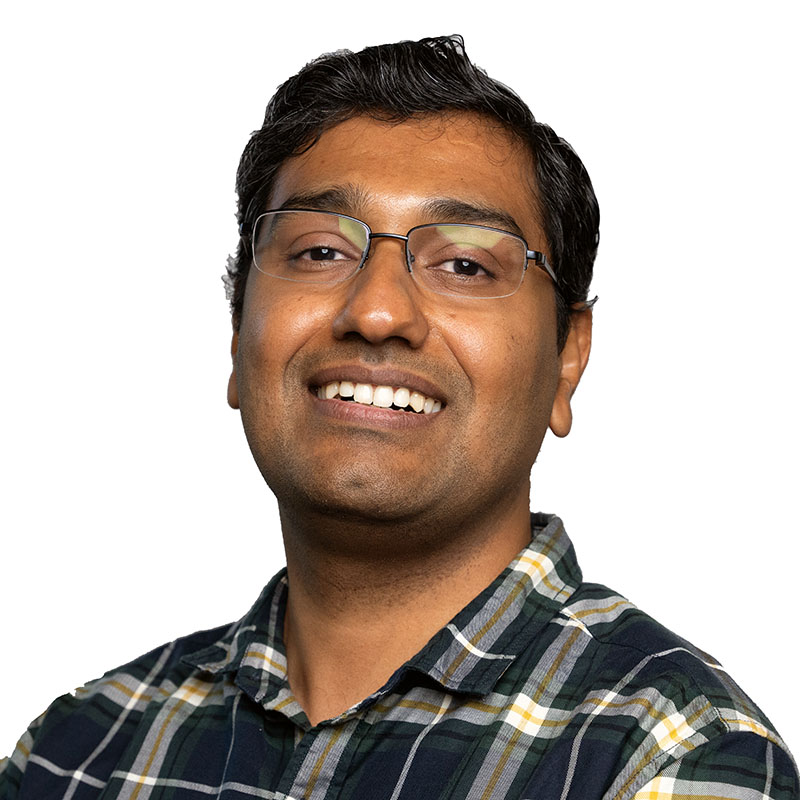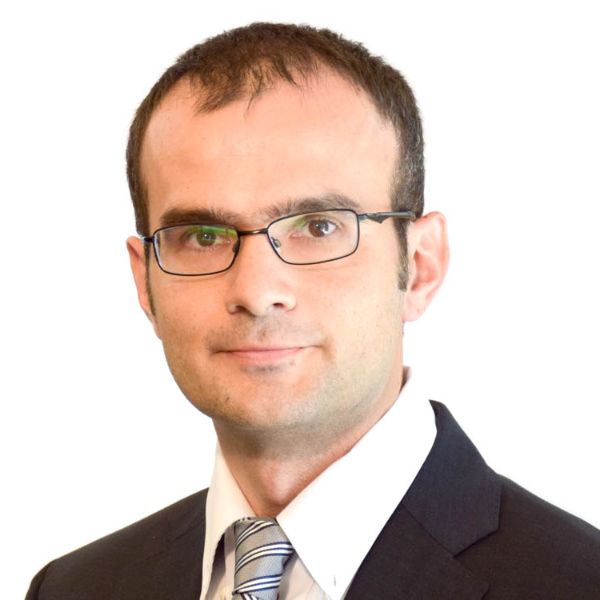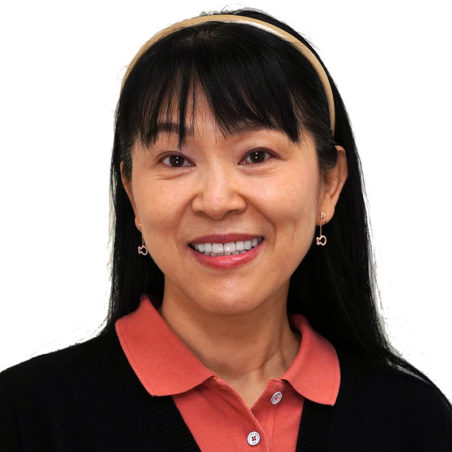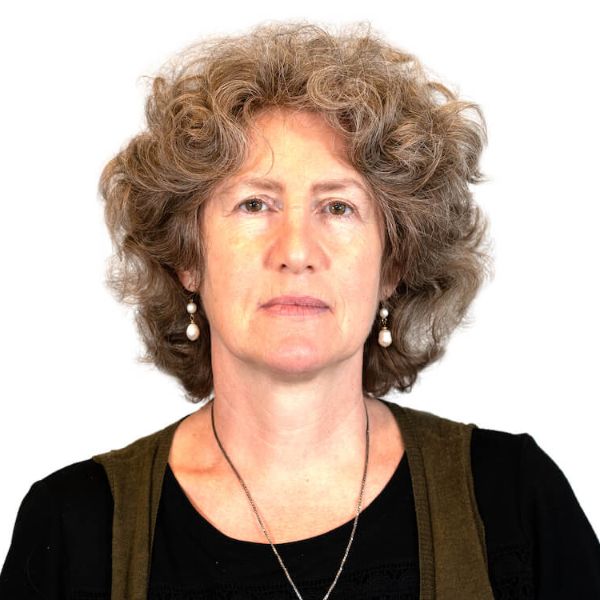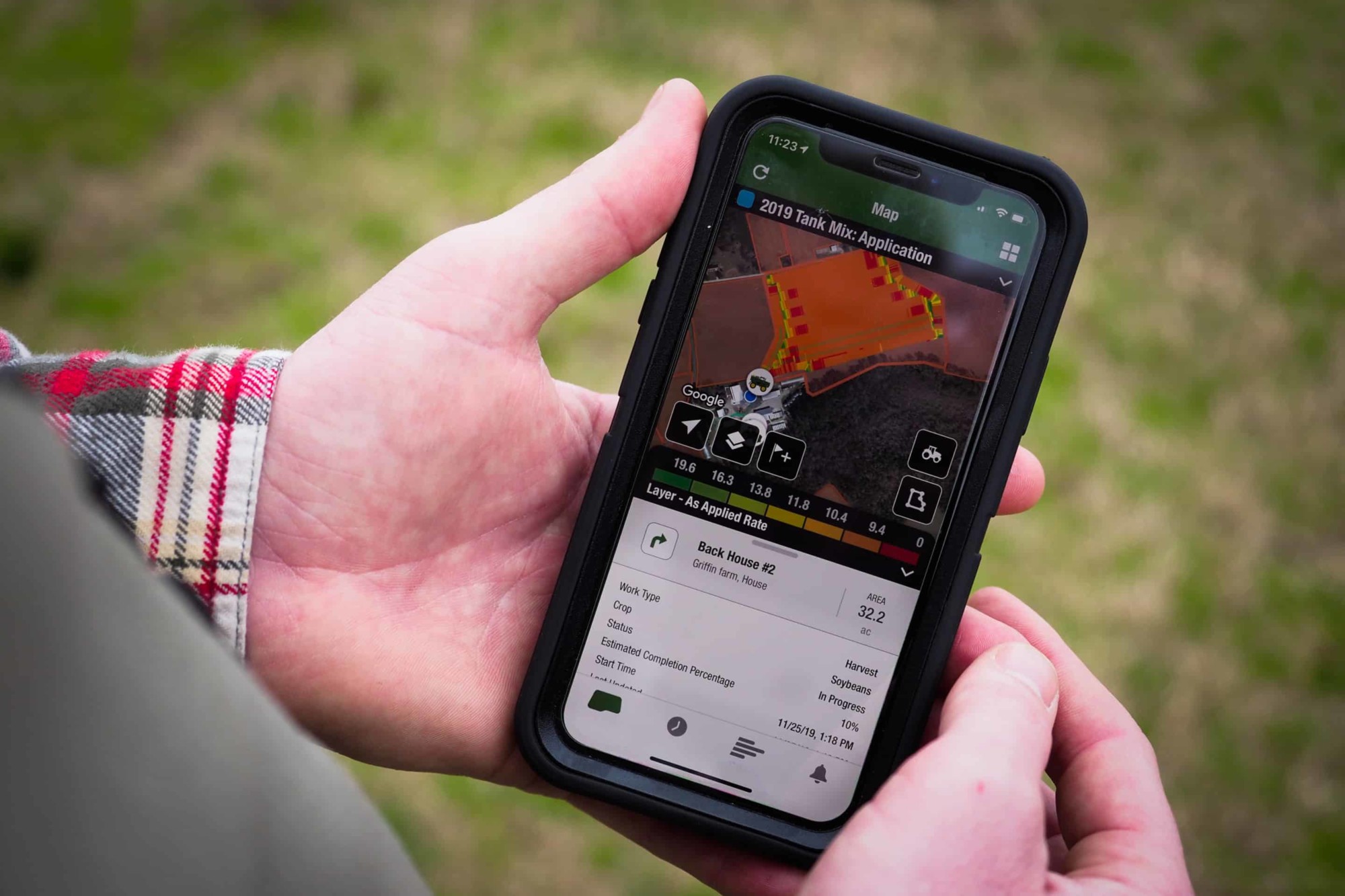
The Future of 6G in North Carolina
6GNC at NC State utilizes research teams to cover an incredible number of areas and technologies that will play a key role in 6G.
December 29, 2022 ![]() Isabella Mormando
Isabella Mormando
Cellular systems are always evolving. The desire to communicate and what to communicate is increasing every day. Each cellular system has expanded on its predecessor and added new capabilities that make us think about how we ever lived without it before.
What’s exciting about 6G is that researchers are still determining what’s to come. People have yet to discover what the next generation of technology and innovation is going to be, but the 6GNC collaborative effort in the Department of Electrical and Computer Engineering is going to be right at the forefront of it all.
“This is the chance to develop new ideas that will eventually make it into the standard and make it into products,” said Robert Heath, ECE Lampe Distinguished Professor.
“The research teams at NC State cover an incredible number of areas and technologies that will play a key role in 6G,” explained Nuria Gonzalez-Prelcic, an associate professor of electrical and computer engineering, “this effort includes aspects of antenna and circuit design, integrated circuit optimization, or algorithms for the physical and upper layers of the cellular network, including artificial intelligence solutions.”
Some of the potential capabilities of 6G range from live-streaming from outer space to communicating instantly with deep-sea divers to enhancing the virtual reality experience and even remote surgery. All of these examples require an advanced cellular network that can efficiently and flawlessly communicate over wireless connections.
To create these cellular communication networks, researchers must co-design the necessary components. As design systems grow more complex with new ideas, the components become more particular. 6GNC is providing the necessary collaborative communication space that understands how to interact with each other to create technology that functions in the real world.
Overcoming blockage is one key challenge to be solved to deploy future mmWave/sub-THZ networks. Funded by NSF through the RINGS program, Gonzalez-Prelcic and Heath are working on the design of creative solutions to reduce the time that the cellular network needs to reestablish the link once a blockage event appears. In particular, they have pioneered the idea of using sensor data, advanced signal processing and learning tools to provide information that can be used to significantly reduce this configuration time.
Additionally, professor of electrical and computer engineering, Alexandra Duel-Hallen, has received NSF funding to develop machine learning methods to provide reliable early warning of mobile mmWave signal blockage hundreds of milliseconds ahead, thus facilitating a proactive response of the network to mitigate blockage.
Integrating space or aerial segments into the cellular network is another innovation that will change how we think about cellular infrastructure. Conventional terrestrial base stations will be supplemented by space/aerial nodes, including UAVs, HAPS, LEO and GEO satellites. Partners through the AERPAW project, led by Ismail Guvenc, professor of electrical and computer engineering, are helping to develop the technology that supports the next generation of UAVs. The introduction of LEO constellations into the cellular network is interesting for automakers like Toyota who are helping fund the 6GNC to develop solutions that will provide coverage to underserved areas or disaster zones, enabling continuous support of automated vehicles even in emergency situations or remote locations.
6G networks will likely also incorporate new bands into the cellular spectrum. In the context of a system operating at frequencies below 6 GHz, midband, millimeter wave bands and even sub-Thz bands, it is important to develop circuits that can be used at different carrier frequencies.
Funded by MaXentric Technologies, Brian Floyd, Alton and Mildred Lancaster Professor of electrical and computer engineering, and his team are studying new architectures for broadband and reusable transceiver cores. These can be used for many different frequency bands and architectures, and then investigating novel beamformer ICs to be used in a satellite communication system.
Associate professor of electrical and computer engineering, Jacob Adams, and his team are investigating the application of 3D printed ceramics to beamforming lenses for low-cost steerable arrays.
With funding from NSF, professor of electrical and computer engineering, Wenye Wang, is working on the implications of multiband operation in higher layers of future networks. Wang’s work on multiband systems also covers aspects related to efficient monitoring and spectrum utilization.
The integration of sensing and communication will be another key novelty in 6G networks. This means that the wireless signal used for communication will also be used to provide location and mapping information about the objects in the environment and the devices connected to the network.
Samsung is providing funding to Gonzalez-Prelcic’s team to understand the benefits of using reconfigurable intelligent surfaces in indoor environments to achieve localization accuracies under 10 cm, which would enable applications such as immersive reality or automated operation of robots in factories. In tandem, research by Floyd’s team is Developing full-duplex circuits that enable this functionality.
NC State is undoubtedly creating a high-value-added hub for research in the wireless space. The team in 6GNC continues to grow. Assistant professor Suresh Venkatesh, new to the NC State faculty, is creating hardware for joint sensing and communication that operates in millimeter wave and THz bands. His approaches based on electromagnetic-circuit co-design will provide resilient, secure, multi-functional, and scalable components for future ISAC systems in 6G.

